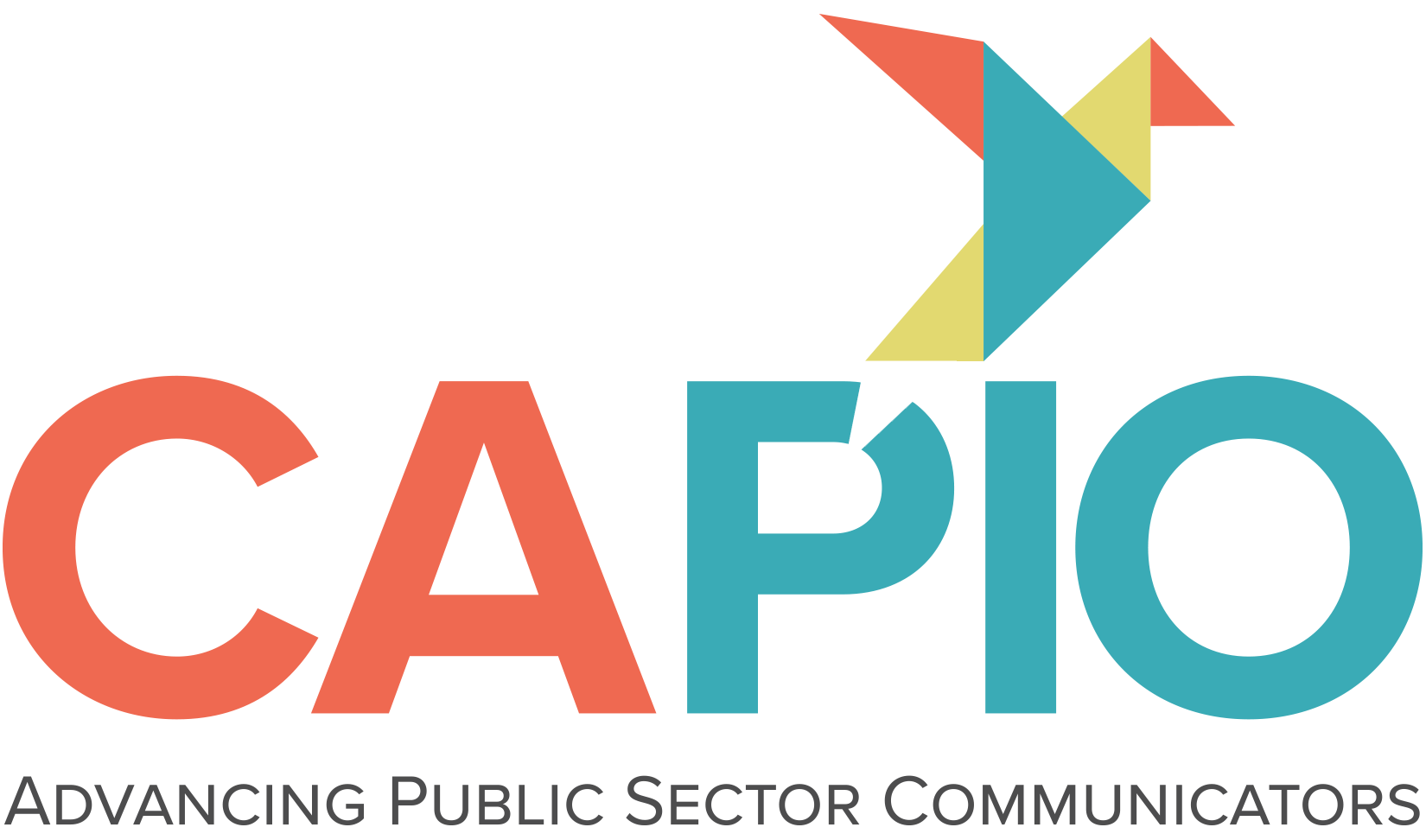Tips for taming content in the new year
By Jenny Windle, Founder and President of JPW Communication
As the new year begins and our calendars flip to 2020, it is a good time to think about how calendars drive our work – editorial and content calendars, in particular.
These two calendar terms are often used interchangeably, but each has a separate and distinct functional purpose.
An editorial calendar sets high-level content themes for the year and should be used to drive the development of a more tactical and detailed content calendar.
To use a travel analogy, think of your editorial calendar as the “big picture” document that gives you a 30,000-foot view of where you’re going, while your content calendar gives you turn-by-turn directions to get there.
Your editorial calendar should line up with your strategic communications plan, and both of these should align with your agency’s operational objectives.
As opposed to the more high-level editorial calendar, content calendars are far more detailed and help ensure your content publishing schedule is consistent, balanced across platforms, and relevant week after week.
Content calendars should include the following elements:
- Actual content to be posted, down to the hashtags and emojis you plan to include
- Assets that support content like videos, photography, infographics, etc.
- Date and time to post
- Person responsible for posting
- Ad buy details associated with post
- Distribution channel(s) for post (Facebook, Twitter, Instagram, LinkedIn, blog, etc.)
Keep in mind that your content calendar will constantly evolve, but taking time to create one in advance and adjusting it as needed is far more effective than trying to come up with content on the fly that aligns with your overall strategy and truly makes an impact.
And don’t be overwhelmed with format – many editorial and content calendars can be created and maintained in a shared Excel spreadsheet or Google doc, and there are a number of online platforms that have templates to make it easy to manage what can often be a daunting task.
The first step is simply getting started, and there’s no better time than the present to do just that.

